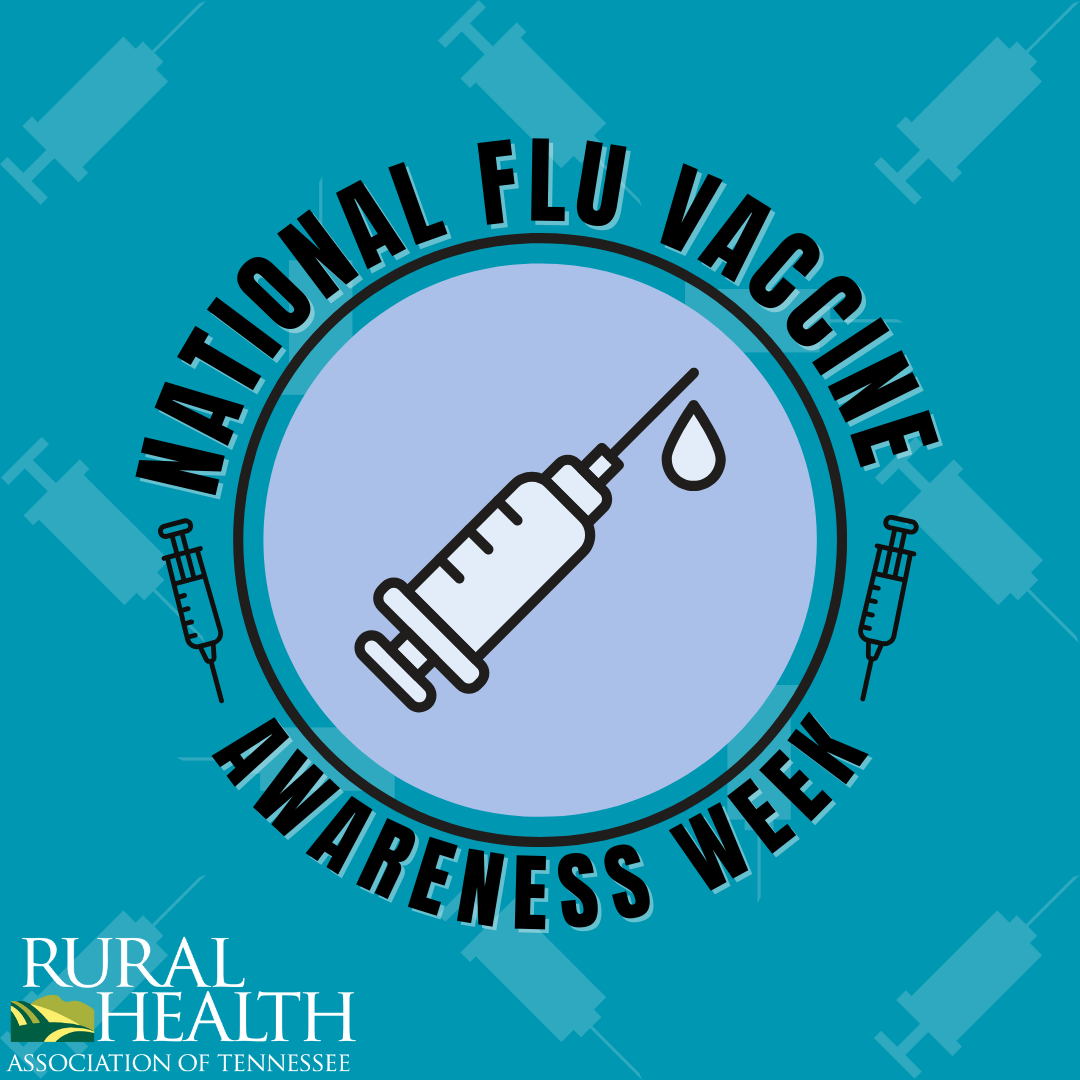National Flu Vaccine Awareness Month: Vaccine Hesitancy in Rural Areas
 Vaccine hesitancy in rural areas often stems from a combination of factors, including distrust in healthcare systems, concerns about vaccine safety, and the influence of tight-knit community networks. National Flu Vaccine Awareness Week provides an opportunity to engage local leaders, community influencers, and healthcare providers in initiating conversations about the importance of vaccination. By fostering open and transparent communication, public health campaigns can work towards dispelling myths and addressing specific concerns that contribute to hesitancy, ultimately building trust and encouraging higher vaccine uptake.
Vaccine hesitancy in rural areas often stems from a combination of factors, including distrust in healthcare systems, concerns about vaccine safety, and the influence of tight-knit community networks. National Flu Vaccine Awareness Week provides an opportunity to engage local leaders, community influencers, and healthcare providers in initiating conversations about the importance of vaccination. By fostering open and transparent communication, public health campaigns can work towards dispelling myths and addressing specific concerns that contribute to hesitancy, ultimately building trust and encouraging higher vaccine uptake.
In addition to communication strategies, improving access to flu vaccines in rural areas is crucial. National Flu Vaccine Awareness Week can serve as a catalyst for organizing mobile vaccination clinics, partnering with local pharmacies, and collaborating with community organizations to ensure that vaccines are readily available. By making vaccination convenient and addressing logistical barriers, public health efforts can make significant strides in overcoming hesitancy and increasing flu vaccine coverage in rural communities.
Ultimately, the success of National Flu Vaccine Awareness Week in rural areas hinges on a multi-faceted approach that includes tailored communication, community engagement, and improved access to vaccination services. By acknowledging and addressing the unique challenges faced by rural populations, public health initiatives can make meaningful strides in fostering a culture of proactive health protection through influenza vaccination.
Resources:
CDC 'Vaccinations in Rural Communities'

